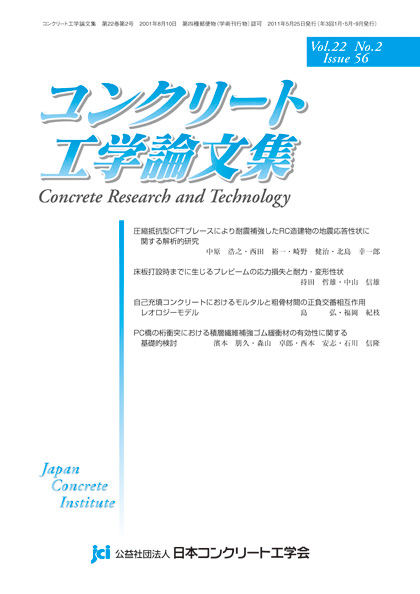Volume 21, Issue 3
Displaying 1-8 of 8 articles from this issue
- |<
- <
- 1
- >
- >|
-
2010Volume 21Issue 3 Pages 3_1-3_8
Published: 2010
Released on J-STAGE: December 22, 2011
Download PDF (1331K) -
2010Volume 21Issue 3 Pages 3_9-3_21
Published: 2010
Released on J-STAGE: December 22, 2011
Download PDF (2382K) -
2010Volume 21Issue 3 Pages 3_23-3_30
Published: 2010
Released on J-STAGE: December 22, 2011
Download PDF (1198K) -
2010Volume 21Issue 3 Pages 3_31-3_41
Published: 2010
Released on J-STAGE: December 22, 2011
Download PDF (1637K) -
2010Volume 21Issue 3 Pages 3_43-3_51
Published: 2010
Released on J-STAGE: December 22, 2011
Download PDF (734K) -
2010Volume 21Issue 3 Pages 3_53-3_62
Published: 2010
Released on J-STAGE: December 22, 2011
Download PDF (1250K) -
2010Volume 21Issue 3 Pages 3_63-3_75
Published: 2010
Released on J-STAGE: December 22, 2011
Download PDF (950K) -
2010Volume 21Issue 3 Pages 3_77-3_86
Published: 2010
Released on J-STAGE: December 22, 2011
Download PDF (1187K)
- |<
- <
- 1
- >
- >|
